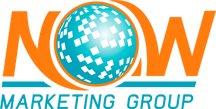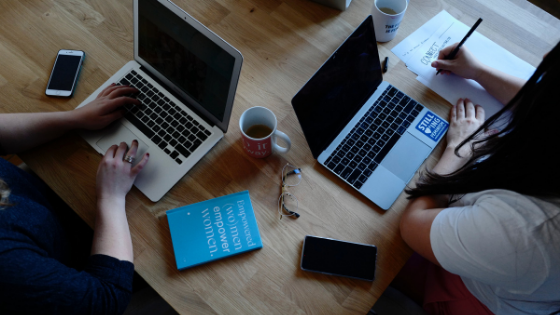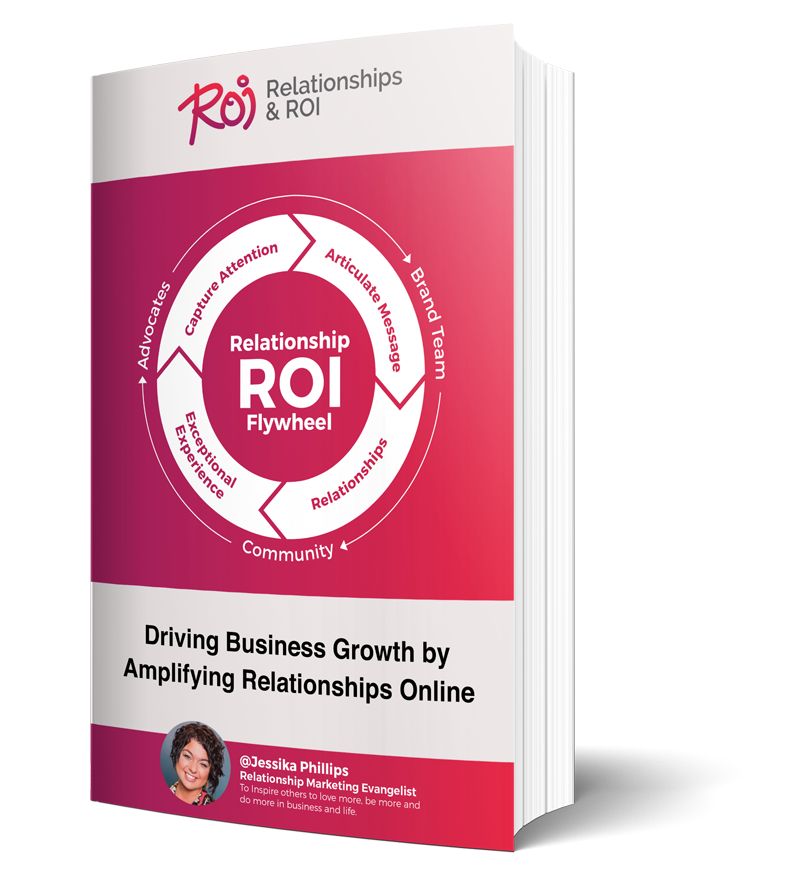LinkedIn is no longer a static place for your CV letter and resume. It’s a dynamic platform that works best at building professional relationships and networks.
We’ve said it before. The one thing that’s constant about social media is how much it changes. And one platform that’s changed dramatically in the last few years is LinkedIn.
For many people, LinkedIn used to be a place for you to place your CV letter and worked as an online version of your resume. Sure, there was some neat stuff. Maybe you’d comment on an article someone in your network shared. For the most part, though it was a pretty quiet network.
That’s not the case anymore. LinkedIn has grown to be a rich landscape that offers professionals a network they can use to build connections and relationships within their industry.
People used to treat LinkedIn as a place to talk about what they did for a living. Now the social media platform is just that—social!
It’s more about who you are than simply what you do. Now LinkedIn allows you to tell your connections your story and why they should care. It also helps you meet people in your industry. You’re able to directly communicate with decision-makers and upper management. In fact, 45 percent of LinkedIn users are in upper management!
Jaime Cohen is an expert LinkedIn user and uses it to teach people how to use #TheRightWords. She is a speaker, communication coach, top LinkedIn creator, and a messaging and personal branding consultant.
Cohen believes the way you communicate determines your level of success and when you achieve it. Your ability to provide CONTEXT determines whether or not you deliver a solid message.
Let’s start with your profile
There are a couple of components to the profile page. You have the background image, your photo, headline, a personal work summary, and the about section. You also have different areas for other things you have accomplished such as volunteering or service-based projects. Fill out as much of this as possible.
The banner or background image gives you the ability to explain who you are and what you do, visually. Use this space to add a designed image of yourself, in-action, with overlaid text. This could be short statements or a description that captures what you do in as little words as possible.
It’s got to be eye-catching and easy to read. It’ll be the first thing viewers and your connections will see.
Of course, you need a good headshot image. Splurge on professional photos or see if there’s a college kid in your area looking to build their portfolio.
Under your name, you have a small place for a headline. It should be short, sweet and to the point. What do you do and why? Again, this is going to be one of the first things they see, so make it easy to read and keep it to the point.
The summaries have changed a lot. Cohen said many older professionals write theirs in the third person. But, that isn’t really working anymore. Instead, write in first-person. Start by clearly articulating who you are and then add an anecdote about something interesting that you’ve done. Next, create a section focusing on your experience. Finally, close with a section on working together. Don’t forget contact info!
Remember, people are skimming. They’re looking for bullet points. They want to know in five seconds who you are and what you do. They don’t want paragraphs of info and your professional life story. If you do write something longer than 500 words, they’re probably going to hit the back button before you can say, “but wait!”
LinkedIn is all about building relationships
It’s not all about the numbers. Unfortunately, a lot of people see more value in the quantity of followers rather than the quality. If you have a strong, close-knit network it gives you way more value. A thousand followers aren’t as beneficial as having a good community of connections.
Amazing things happen when you focus on making friends with LinkedIn. Messenger is the place to do that.
Let’s start with the no-nos. Cohen says a lot of CEOs from big companies are putting their foot in their mouths using messenger and basically ensure no one wants to do business with them. She says it’s important to never do a hard sell after making a new connection.
“If you’re pitching a product and that person isn’t necessarily looking for a product, they’re going to be turned off,” Cohen said. “They’re not going to connect with you.”
Instead, the goal should be to build a relationship with your connections. Cohen said she has recently started messaging people after she posts content she thinks they’d be interested in.
Or, do it the opposite way. When someone posts something you find intriguing, message them and talk about it. Tell them about yourself.
And, you can always follow-up on LinkedIn after you’ve met someone new! If you’ve exchanged business cards at a conference, networking event, or somewhere else, find the person on LinkedIn and send them a personalized message. This isn’t about selling, it’s about connecting. You can even send a voice message or video message to really be personal and unique!
You can use LinkedIn to sell your products and services. However, to turn it into a sell, you need to do extensive research on the person, their company, their interests, and what they’ve been up to lately. You’ve got to low-key stalk them.
Then you can say something like,
“Hey person I saw this content that really resonated with me for the following reasons. Here’s a little bit about me and I would love to connect with you. I saw you were at this event talking about XYZ and I did some research about your company and know you do these things amazingly. I know you said you wanted to change X and if you wouldn’t mind, I’d love to tell you about what I do and this product I offer that I think could be really beneficial for you.”
What you’re doing is telling them you’re invested in their success and you believe in what they’re doing.
You are showing them you are interested in their content and that you’re trying to be a resource to them. It’s not a hard sell. It's more about them than you.
And, if they turn you down (which most will) you can come back and be respectful and still ask to learn more about them to continue to grow your network. The goal is to build a relationship that eventually develops into business.
To close, Cohen recommended people get more personal on LinkedIn. Anything you can do to connect with people, do that. You can also reach out to people and ask to hop on a call. “I’ve done this to a couple of people and we’ve become great friends,” Cohen said. “Brands can be doing this too. And the more brands do this, the more approachable they’re going to be.”
Have you been using LinkedIn? Which tip are you most excited about using on the platform? Let us know and don’t forget to follow-up and tell us how it worked for you!




Comments